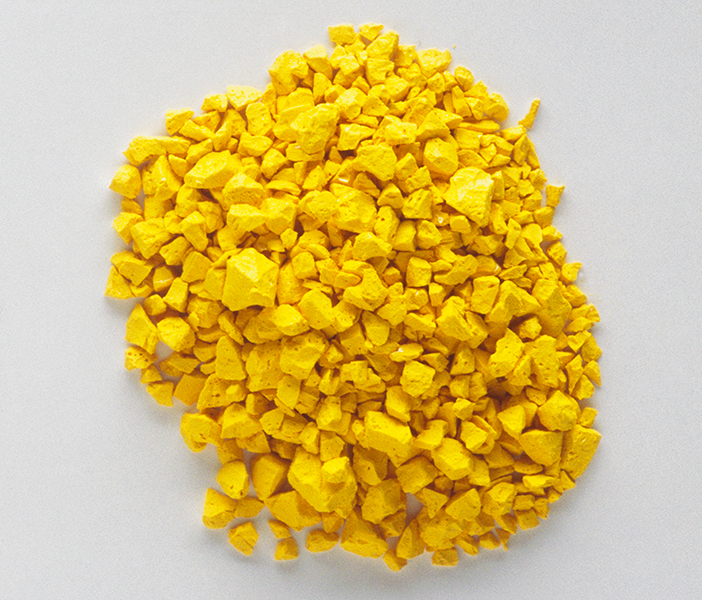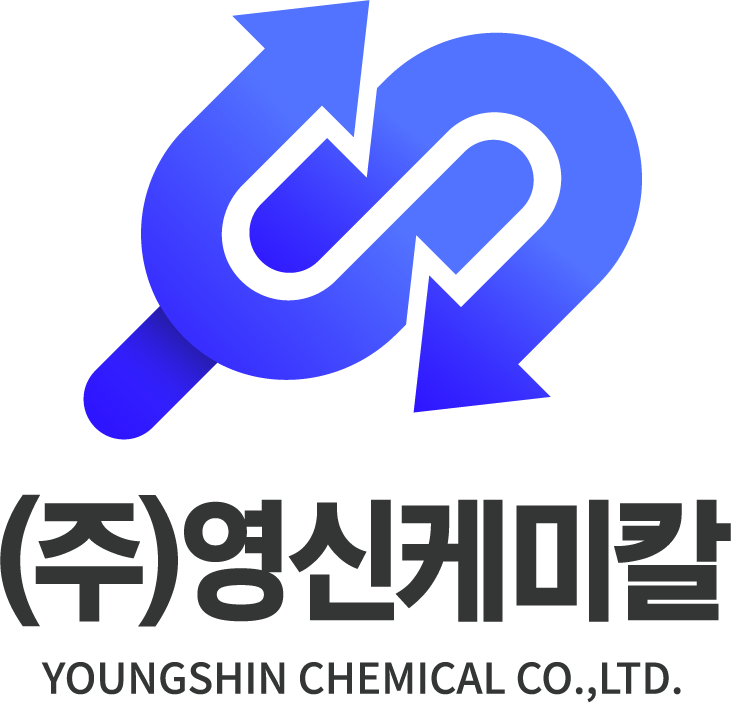
What’s the Difference Between Recycled Polypropylene Granules and Recycled Plastic Pellets?
When it comes to plastic recycling, terms like recycled polypropylene granules and recycled plastic pellets are often used, but many wonder if there’s a significant difference between the two. Both are essential products in the plastic recycling industry, but they serve slightly different purposes and undergo distinct processing methods.
Recycled Polypropylene Granules:
Recycled polypropylene granules are small, irregularly shaped plastic particles that result from the shredding or grinding process during plastic recycling. The production process of these granules involves shredding discarded polypropylene materials like packaging, containers, or textiles, into tiny, coarse particles. These granules are typically used in lower-end applications, such as filler materials or less structurally demanding plastic products.
Granules are the direct result of an initial breakdown of plastics and, because of their irregular size, they usually require further processing, such as extrusion or melting, before being turned into a final product. In many cases, granules are melted down and reformed into a more refined shape like pellets for higher-quality applications.
Recycled Plastic Pellets:
On the other hand, recycled plastic pellets, including recycled polypropylene pellets, go through additional processing steps. After being shredded into granules, the material is melted, extruded, and cooled to form uniform, cylindrical pellets. Pellets are typically preferred in high-end applications such as automotive parts, packaging, and consumer products, as their consistency ensures better performance in molding processes.
One key difference is that recycled polypropylene granules are often used for basic applications, while recycled plastic pellets are processed further to meet higher standards in terms of shape, size, and material consistency. Pellets offer better flow and molding characteristics, which makes them more suitable for precise applications like injection molding or blow molding.
Choosing Between Granules and Pellets:
The choice between recycled polypropylene granules and pellets depends on the specific needs of the manufacturer. For high-precision products, pellets are ideal because their uniformity ensures a smooth production process. On the other hand, granules can be a more cost-effective solution for less demanding uses or for companies that have the capability to refine the granules further on-site.
Both recycled polypropylene granules and recycled plastic pellets contribute to reducing plastic waste and support a more sustainable approach to manufacturing by reusing discarded materials. As sustainability continues to grow in importance, more companies are looking at how they can incorporate both granules and pellets into their supply chains to meet environmental goals.
In conclusion, while recycled polypropylene granules and recycled plastic pellets may appear similar, their production processes and applications set them apart. Depending on your product’s requirements, you may find one more suitable than the other.



